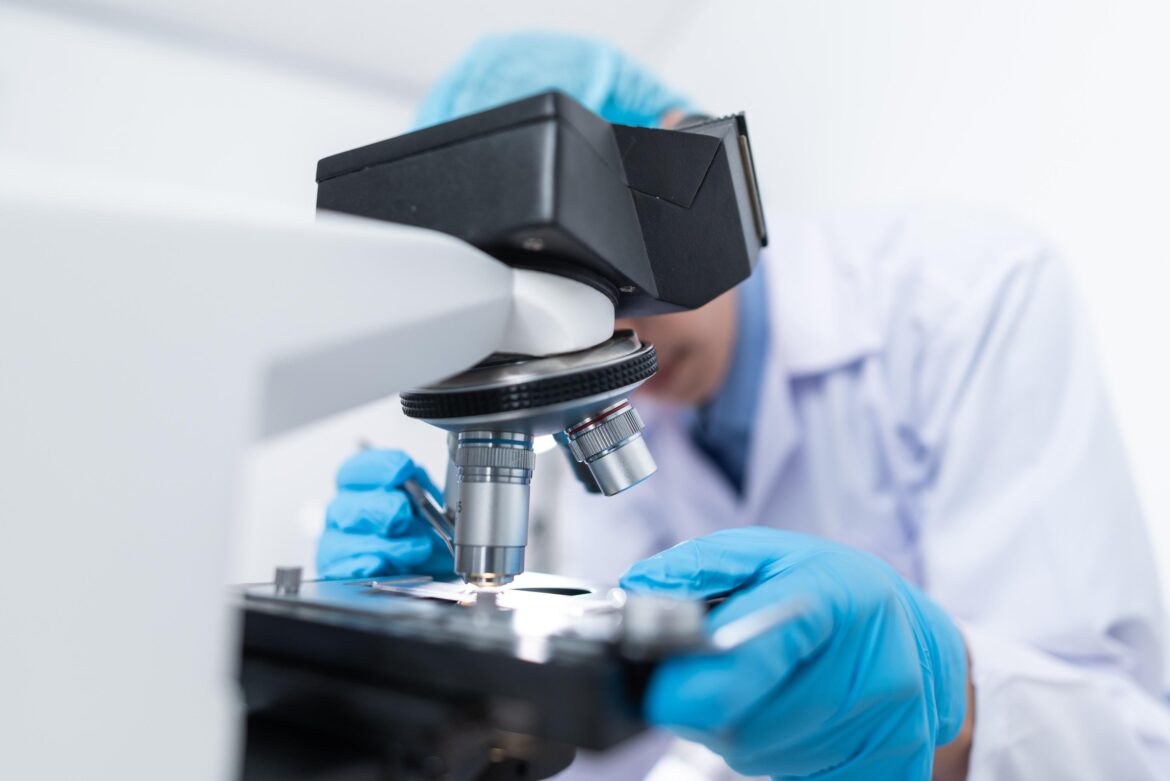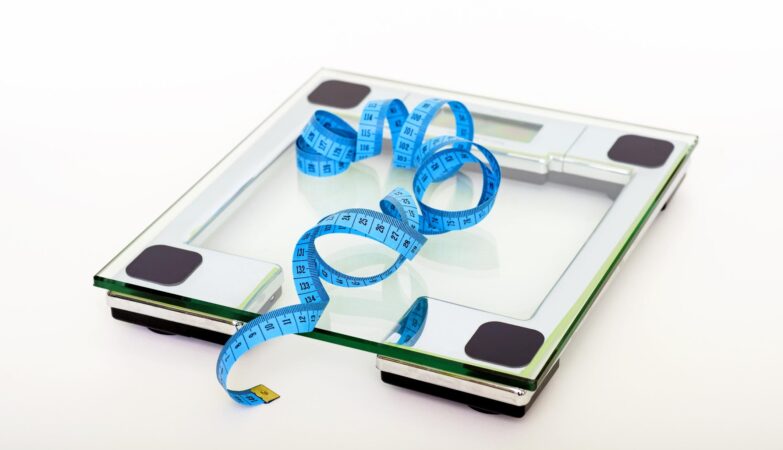Robots in Medical Practice: The Advantages and Limitations
The use of robots in medicine is becoming increasingly popular as technology advances. While surgeons have been using robotic technology since the 1990s, robots are now being used in a wide range of medical practices. From helping with patient care to performing complex surgeries, robots are changing the way that medicine is practiced. This article discusses the advantages and limitations of using robots in medical practice.
Advantages of Robots in Medical Practice
1. Enhanced Precision: Robots offer extreme precision, which can help in achieving better surgical outcomes. Robotic systems can operate with considerably more significant accuracy than human hands, as they can go places that are difficult for a human hand to reach. This precision ensures fewer complications and potentially improves patient recovery times.
2. Reduced Risk: The use of robots can help to reduce the risks associated with surgeries. Robotic systems have the advantage of not being affected by human conditions such as fatigue or tremors, which can lead to errors.
3. Increased Efficiency: Robotic technology can increase efficiency in medical practice. Robots can perform complex tasks more quickly and with less waste, allowing doctors to focus on the more critical aspects of patient care.
4. Reduced Patient Trauma: Surgical robots cause less trauma to the patient during surgery. The robot’s precision helps reduce the amount of tissue that needs to be manipulated or removed, which can lead to a quicker recovery time.
Limitations of Robots in Medical Practice
1. Expensive: The cost of purchasing and maintaining medical robots can be substantial, making it difficult for some medical centers to justify their use.
2. Skills Shortage: The use of robots requires highly skilled medical professionals who can operate the technology effectively. Training and employing these professionals can be time-consuming and expensive.
3. Limited Applications: While medical robots have been developed to perform a range of tasks, they are not yet capable of replicating the complexity of human movement or decision making.
4. Technical Difficulties: Like all technological systems, medical robots are vulnerable to technical problems such as software glitches or hardware failures. These issues can be costly to diagnose and fix, delaying surgery and potentially causing harm to patients.
Conclusion
Robotic technology has made significant progress in recent years and holds promise for improving medical practice. Its precision, efficiency, and reduced patient trauma are definite advantages, while the barriers to adoption are the cost, lack of skilled professionals, limited applications, and technical difficulties. Despite these limitations, the use of robots in medical practice is likely to increase in the coming years as technology advances, costs fall, and skilled professionals become more abundant.





